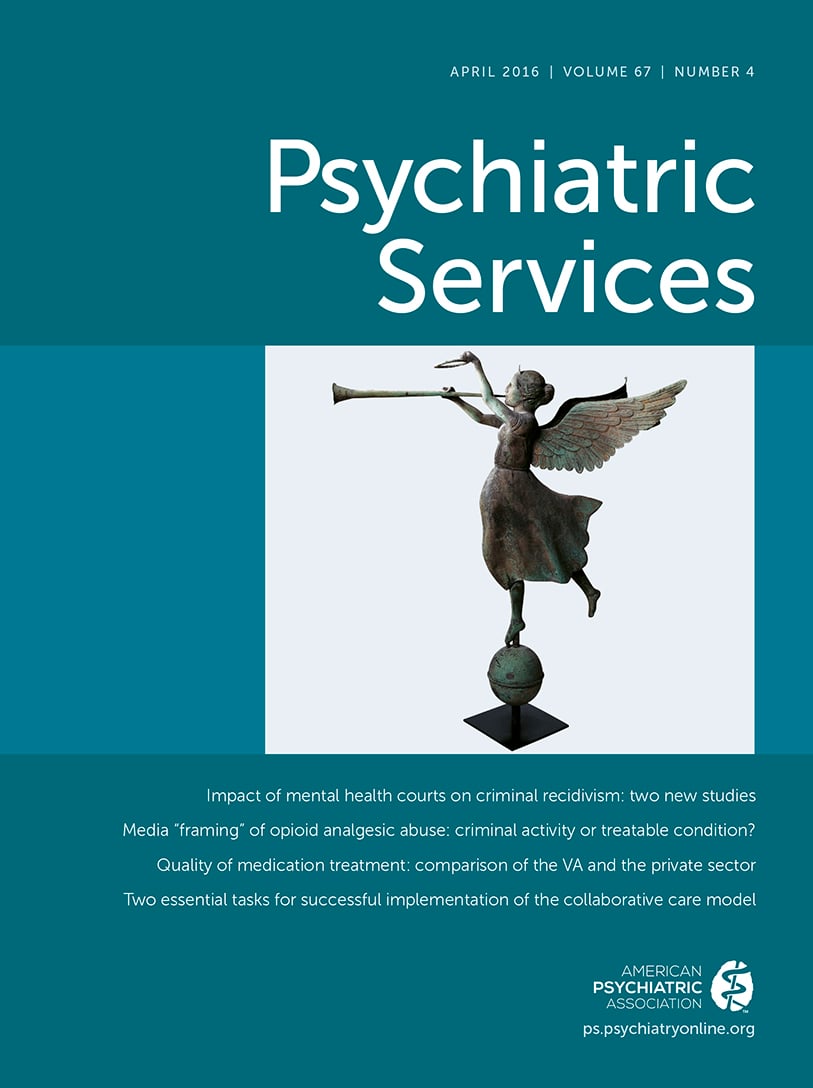Behavioral health care for service members, veterans, and their families (SMVF) is a fragmented collection of services, systems, players, and payers that is plagued with barriers and waiting lists. Every day, new programs and Web sites are launched while many existing services are underutilized because they are not effectively coordinated or connected with SMVF. About 80% of veterans have sources of health care coverage outside what is provided by the U.S. Department of Veterans Affairs (VA), and there are major disconnects between the U.S. Department of Defense and VA systems and the public behavioral system regarding values, guiding principles, and mission. Gaps in these systems of care, from policy to practice, make military and civilian interagency collaboration and integration of services essential, because no single system has the capacity to solve the complex needs of SMVF without effective partnerships.
Since 2008, the Substance Abuse and Mental Health Services Administration (SAMHSA) has held policy academies to help states and territories strengthen behavioral health service systems supporting SMVF. The policy academy model helps states create cross-system teams of federal, state, and local stakeholders to address complex service delivery problems. The model has been a staple of state and federal interagency collaborative approaches for many years. Beginning with efforts to address homelessness and then taking on issues of HIV/AIDS, co-occurring mental and substance use disorders, and juvenile justice, the policy academy model has been credited for moving systems beyond their silos and developing relationships and collaborations where none had existed before. To date, 47 states, four territories, and the District of Columbia have participated, advancing SAMHSA toward the goal of developing statewide strategic plans.
In 2014, in response to the state teams’ requests for help with implementing their strategies, SAMHSA and its SMVF Technical Assistance Center (TA Center), operated by Policy Research Associates, offered four implementation academies, which were focused on services for military families, justice-involved SMVF, suicide prevention, and substance use disorder prevention, treatment, and recovery.
The implementation academy model has four steps: an orientation call, Web-based preparatory sessions, the implementation academy, and individualized technical assistance.
In keeping with the policy academy model, each state that participated in an implementation academy brought a small delegation to a central location where up to 12 state teams worked through a series of virtual and on-site meetings over two days to create a coordinated strategy to address a specific topic. After the third implementation academy, a major change was made to the model. Instead of small state teams coming together in a centralized location, state teams now convene all necessary participants in a local setting to develop their issue-specific implementation plans. The TA Center sends a facilitator and scribe to the state team, and participants utilize virtual access to scheduled formal presentations before breaking into facilitated work group sessions.
The implementation academy model capitalizes on the value added by each of its three components: the policy academy for initiating the process, the implementation academies for staying the course during implementation of a state’s strategic plan, and a TA Center responsible for providing key resources and keeping the teams focused on outcomes.
One example of the results of this model is Nevada, which participated in the August 2012 Police Academy and the September 2014 Suicide Prevention Implementation Academy. Subsequently, the state passed legislation requiring certain licensed or certified professionals to receive suicide prevention and awareness training before recertification or license renewal. The legislation also requires the Bureau of Vital Records to provide an annual report on the suicide mortality rate of veterans. In addition, the state has trained 11% of its National Guard members in applied suicide prevention intervention skills. To sustain its efforts, the state secured funding through a community mental health block grant for veterans’ suicide prevention initiatives.
As the demand for services increases and budgets are downsized, it is essential that states effectively use available resources to implement best practices and to integrate these with existing resources. Once a state team achieves a shared sense of priorities, vision, and values molded by interagency conversations, strategic thinking, and planning, the state is set for implementation. Although tailored technical assistance is important to get states to this stage, it becomes essential during the implementation phase. Having a plan for making policy and practice changes is not the same as implementing and integrating those changes in multiple geographic areas of a state.

